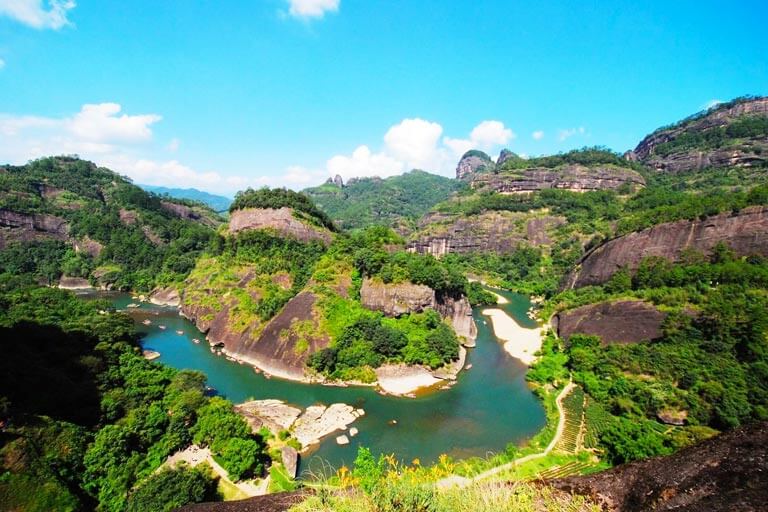The need to protect biodiversity and natural resources has come into focus in recent years as the benefits – environmental, social or economic – become increasingly evident. Recently there has been global action to better manage protected areas, which are the keepers of biodiversity.
China has protected areas amounting to approximately 1.46 million square metres or 15.62 per cent of the country’s landmass. According to a recent academic study published by MPDI, the Chinese Government has undertaken a number of initiatives to better manage these areas of ecological significance.
1. Improving its management system
Despite the large area of China’s landmass with protected area status, the effectively managed portion has been estimated to be only 2.14 per cent for terrestrial areas and 0.09 per cent for marine areas. This has been largely attributed to the lack of a unified management system and a legal framework scattered among the different jurisdictions, causing overlap and interference by different authorities. To overcome this hurdle, the Central Government has restructured government agencies involved in protected areas management, reducing the total number by 15 and merging separately governed protected areas under single agencies. It has also transferred ownership of state-owned natural resources to a new Ministry of National Resources under which a new authority, the National Parks Administration, will preside over protected areas.
2. Improving the legislative system
The protected areas management changes have highlighted the need for legal reforms. It’s hoped a comprehensive system covering all types of protected areas will replace the scattered and confusing protected areas ‘regulation’. A proposed new legislative system for protected areas is still under discussion, however it is expected to consist of one new basic law for all protected areas with an additional series of specialised laws taking into consideration the different requirements of those areas. It is hoped the new law will also simplify classification. For example, a new pilot program for Wuyi Mountain in Fujian province occupies an area consisting of the Wuyi Mountain protected areas, Wuyi Mountain national spot and Jiuqu River upper protective zones.

3. Promoting active public participation
The Chinese Government has sought to improve public participation in the establishment and management of protected areas since 2010 by encouraging consultation with the public in new initiatives and legislation. For example, the revised Environmental Protection Law 2014 refers to public engagement as one of its five fundamental principles and addresses information disclosure and public participation, while the Government’s General Plan for Establishing a National Park System calls for local people, experts, enterprises and social organisations to participate in the establishment and management of national parks.
4. Implementing a diversified funding guarantee system
Current funding levels don’t allow for the successful management of many protected areas in China. As a result, the Government is encouraging protected areas management to diversify funding sources and adopt financial management practices to provide the guarantee of funding for their requirements. This includes supplementing central government funding with additional funding from local governments, social donations, enterprises, NGOs and individuals. For example, Qianjiangyuan National Forest Park in Zhejiang Province established a forest guarantee mechanism with social financial support as an auxiliary to funding from the Central Government and implemented a ledger system for the appropriation of funds.














